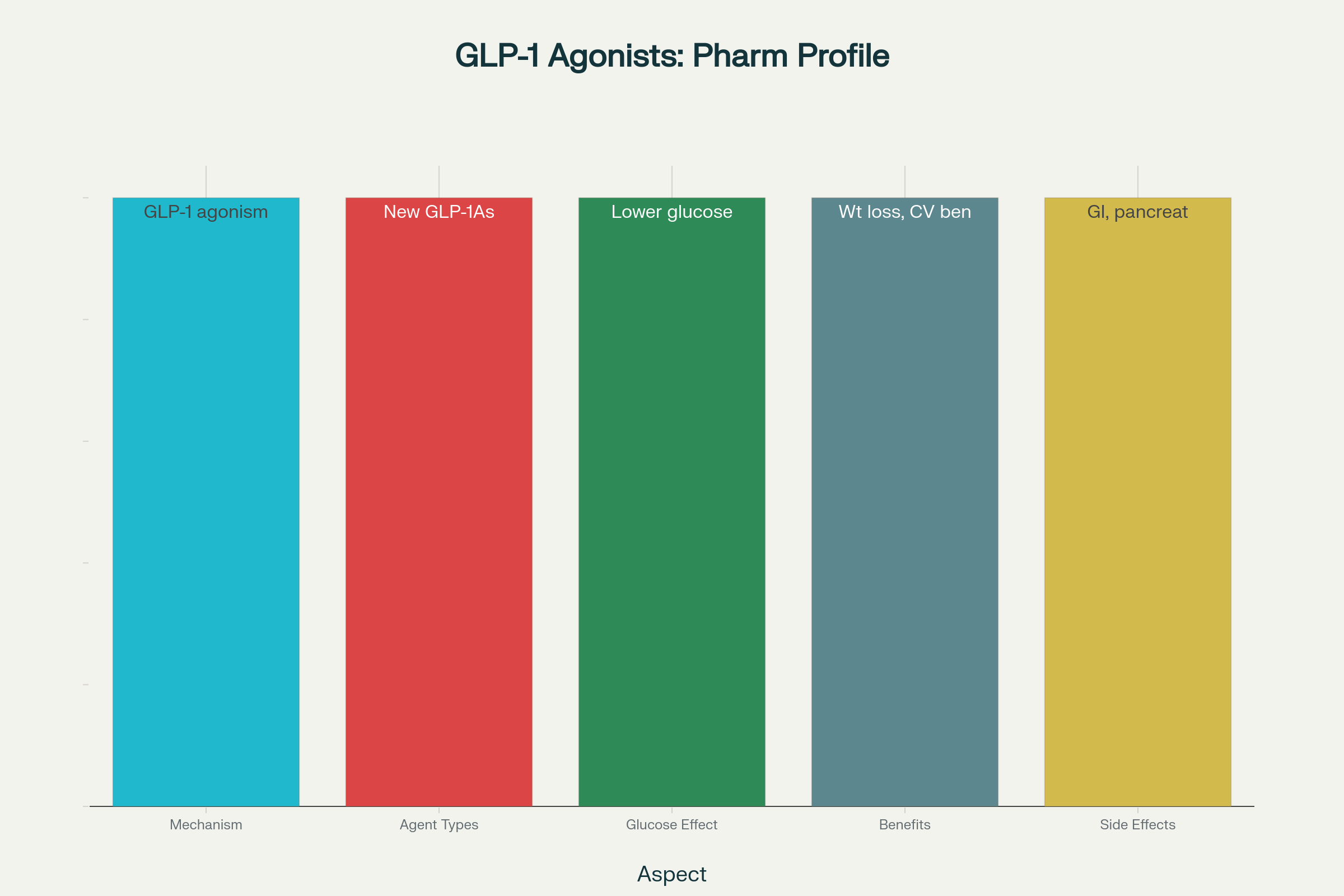Pharmacological Evaluation of Novel Antidiabetic Agents Targeting GLP-1 Receptors
DOI:
https://doi.org/10.64062/JPGMB.Vol1.Issue4.17Keywords:
GLP-1 receptor agonists, Antidiabetic agents, Diabetes mellitus, Insulin secretion, Blood glucose controlAbstract
Diabetes mellitus is a long-term metabolic illness that makes it hard for the body to make and use insulin, which causes high blood sugar levels and other problems. Because they have glucose-dependent insulinotropic actions and the potential to protect β-cells, glucagon-like peptide-1 (GLP-1) receptor agonists have become intriguing drugs for treating diabetes. Using an alloxan-induced diabetic rat model, this study attempted to pharmacologically test two new antidiabetic drugs that target GLP-1 receptors. Thirty Wistar rats were split into five groups and given treatment for 21 days. There was a normal control group, a diabetic control group, a conventional drug group (Exenatide), and two test drug groups. We looked at fasting blood glucose levels, body weight, serum insulin, lipid profiles, and pancreatic histology. The results showed that both test pharmaceuticals lowered blood glucose levels and improved metabolic parameters more than the diabetic control group. Test Drug A worked as well as Exenatide. Histological investigation showed that β-cells were able to grow again in the groups that were treated. Using one-way ANOVA to look at the data statistically showed that these results were important (p < 0.05). The study finds that the new drugs, especially Test Drug A, have strong antidiabetic potential through processes that include the GLP-1 receptor. More research is needed in long-term and clinical settings.




